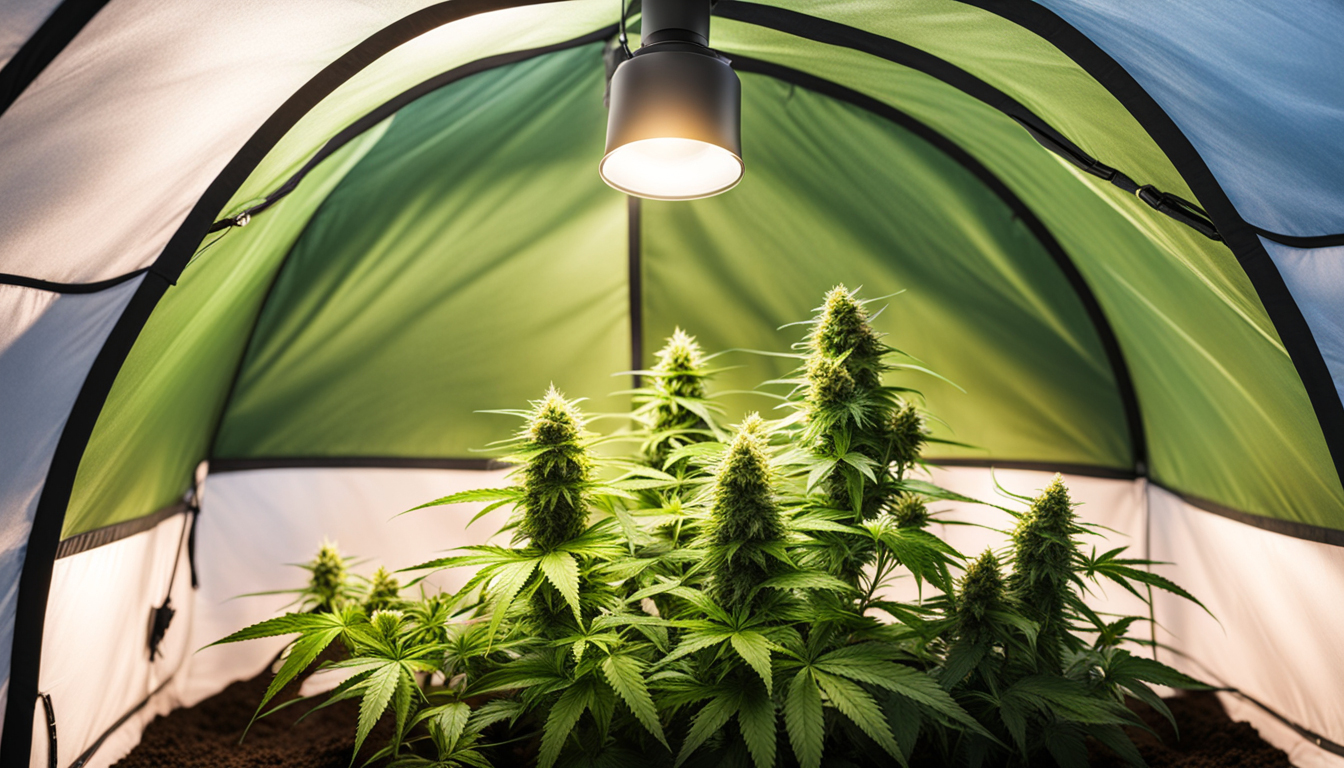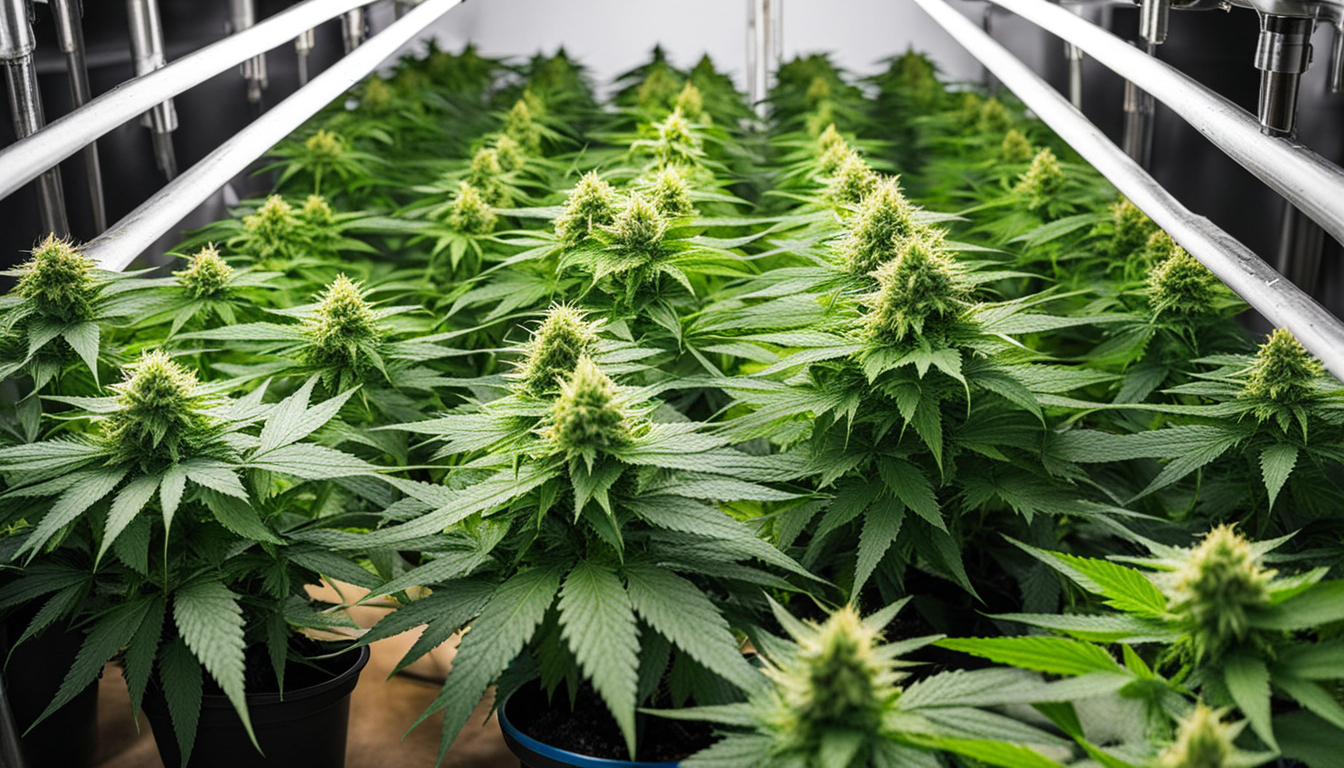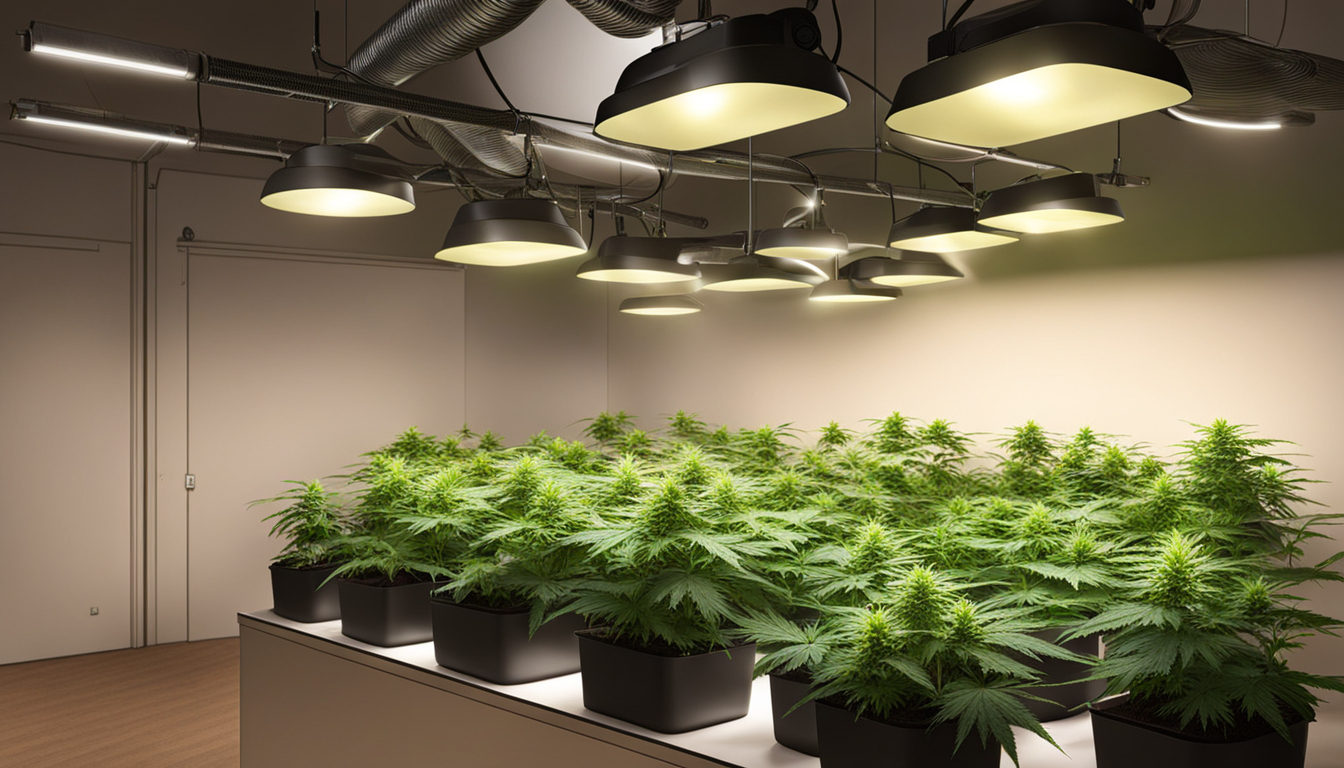
Whether you're new to marijuana growing or looking to improve your existing harvest, following this complete guide will help you produce large, high-quality yields right at home. With the right equipment, methods, and attention, cultivating pot indoors can be an extremely rewarding and cost-effective endeavor.
Choosing Weed Varieties
The first step in planning your indoor harvest is choosing the right pot strains to cultivate. The three main types of weed plants each have their own traits.
Energizing strains
Known for their invigorating intellectual effects, these strains spread tall and slender with narrow leaves. They flourish in tropical tropical climates and have a longer blooming time between 10-12 weeks indoors. Top sativa strains include Jack Herer, Durban Poison, Super Lemon Haze, and Jack Herer.
Relaxing strains
These strains provide calming body-focused effects and spread short and bushy with wide leaves. Accustomed to cooler mountain climates, they bloom faster within 2-2.25 months. Popular relaxing varieties include Northern Lights, Bubba Kush, and Bubba Kush.
Mixed strains
Mixed varieties blend traits from both sativas and indicas. They offer combined effects and have moderate flowering periods around 9-10 weeks. Well-known hybrids are Blue Dream, OG Kush, and Blue Dream.

Setting Up Your Grow Space
Weed plants need the right controlled environment to thrive. Key factors for indoor grows are lighting, ventilation, layout, and finding the ideal discreet area.
Location
Choose an available space with direct access to irrigation and power outlets. An empty extra bedroom, unused closet, corner of the basement, or cultivation tent tucked away in a garage all make great hidden grow room spots.
Lighting
Cannabis requires intense light for all vegetative stages. LEDs are efficient and come in broad spectrum options simulating natural sunlight. Cover 15-25 watts per square foot for the vegetative stage and 400-600 watts per sq. ft. for bloom.
Ventilation
Proper airflow and exhaust systems maintain ideal temperature, moisture, and pure CO2 levels. Install quiet 10-15 cm blowers or scrubbers to refresh stale air and reduce odors.
Layout
Optimize your space by positioning plants carefully under the lamps and leaving room to access and work around them. Set up distinct zones for growth, flowering, drying, and propagation.

Growing Substrates
Weed can be cultivated in different substrates, each with pros and cons. Pick a appropriate option for your specific setup and growing style.
Soil
The traditional medium, soil is inexpensive and easy for new growers. It provides great taste but requires more irrigation and fertilizing to feed plants. Enrich soil with perlite or coir to improve aeration.
Coco Coir
Made from coir, reusable coconut fiber retains water but still allows air to the roots. It's more sterile and more consistent than soil. Use coir-specific nutrients to prevent calcium buildup.
Water systems
In hydro systems, plant roots grow right in nutrient irrigation solution. This allows quick growth but needs careful monitoring of water properties. Deep water culture and irrigation systems are Find Out More common techniques.
Sprouting Seeds
Germination prepares your cannabis seeds to start growing taproots. This readies them for transplanting into their growing medium.
Towel Method
Put seeds between damp paper towel and maintain them moist. Inspect after a week for emerging taproots showing germination is complete.
Direct Planting
Insert seeds right into pre-moistened cultivation medium 1⁄4 inch deep. Gently water and wait 7-14 days until seedlings break through the surface.
Rockwool Cubes
Soak cubic rockwool starters in balanced water. Insert seeds 6mm deep into the cubes. Keep cubes moist until seedlings appear within a week to 2 weeks.
Repotting Seedlings
Once sprouted, marijuana young plants need to be transplanted to avoid overcrowding. Move them into proper sized containers.
Preparing Containers
Load large pots with growing medium enriched with time-released fertilizer. Allow containers to absorb water for 8-12 hours before repotting.
Gently repotting
Gently separate seedling roots from sprouting medium using a spade. Put into pre-soaked container at same depth as before and lightly water in.
Vegetative Stage
The growth stage promotes leafy growth and plant structure through 3/4 to full day of continual light exposure. This stage usually lasts 4-8 weeks.
Providing 3/4 to full day of Lighting
Use grow lights on a 24 hour cycle or natural sunlight to initiate nonstop growth. Lamp output influences height and internodal spacing.
Fertilizing
Use vegetative stage nutrients richer in N. Make sure pH remains around 5.8-6.3 for proper nutrient absorption. Feed 1⁄4 to 1⁄2 concentration after 14 days and strengthen gradually.
Training Techniques
Fimming, LST, and trellising manipulate growth patterns for even canopies. This increases yields.

Flowering Stage
The blooming stage develops buds as plants show their sex under a 12/12 light schedule. It lasts 2-3 months based on strain.
Changing Light Schedule
Change lamps to Learn More 12/12 or place outside for outdoor 12 hour cycle. This triggers plants to start flowering.
Stop Fertilizing
Flushing flushes out fertilizer residuals to enhance flavor. Feed lightly the first weeks then just use pH'd water the last 2 weeks.
Flushing
Continue 12/12 light timing but leach using neutral pH water only. Return to plain watering if buds aren't ripe after two weeks.
Reaping
Recognizing when weed is fully ripe ensures peak potency and aroma. Harvest plants at peak maturity.
Signs of readiness
Check swollen calyxes, faded pistils, and 10-15% cloudy trichs. Inspect buds across the plant as they don't all mature evenly.
Harvesting plants
Use sterilized, razor-sharp trimming scissors to carefully cut each plant at the base. Keep several inches of stalk attached.
Curing
Hang whole plants or colas inverted in a lightless room with average temperature and RH around 50-60% for 7-14 days.
Aging
Curing keeps desiccating while aging the buds like aged spirits. This technique smooths bitterness and intensifies cannabinoid contents.
Curing containers
Manicure dried buds from branches and place into glass jars, packing about 3⁄4 full. Use a hygrometer to monitor jar moisture.
Burping Daily
Open containers for a few hours each day to slowly reduce moisture. Remoisten buds if RH drops below 55%.
Long term storage
After 14-21 days when humidity levels off around 55-65%, do a final manicure and store forever in sealed jars.
Troubleshooting
Even experienced cultivators run into various cannabis plant problems. Detect issues soon and address them correctly to maintain a vibrant garden.
Nutrient Deficiencies
Yellowing leaves often signify insufficient nitrogen. Anthocyanins and leaves show low phosphorus. Test pH and increase fertilizers gradually.
Pests
Spider mites, fungus gnats, mites, and nematodes are frequent cannabis pests. Use organic sprays, ladybugs, and yellow traps for natural control.
Powdery mildew
High moisture encourages botrytis and bud rot. Increase airflow and venting while reducing humidity Contact Us Today under 50% during flowering.

Conclusion
With this complete indoor pot cultivation guide, you now have the knowledge to cultivate plentiful potent buds for private grows. Follow these steps and methods during the seed starting, vegetative, and bloom stages. Invest in good gear and carefully monitor your plants. In time, you'll be compensated with sticky aromatic buds you grew yourself under the patient guidance of your green hands. Happy growing